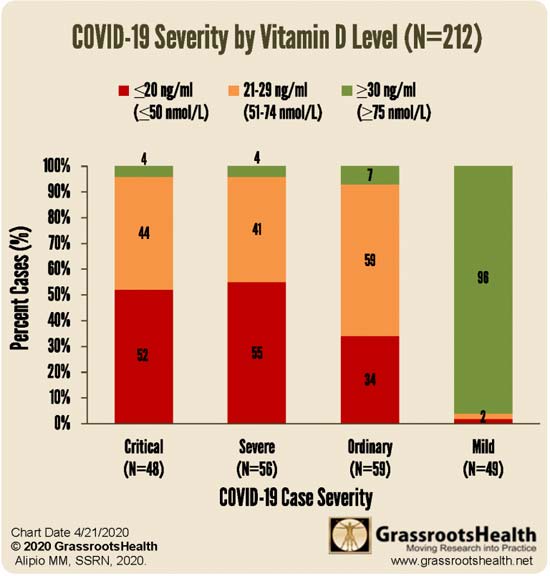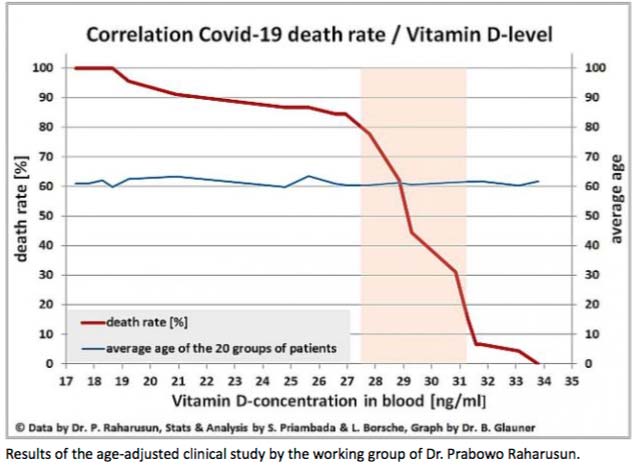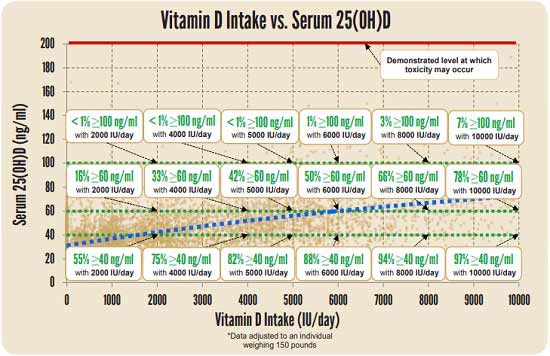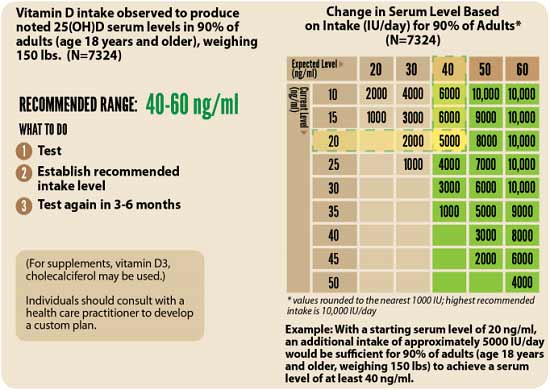Carbon Cowboys Versus CAFOs
The COVID-19 pandemic has brought many fragile industries to the breaking point and highlighted systemic problems in others, including the industrialized, centralized food system in the U.S. Major meat processing plants have emerged as hotspots for transmission of SARS-CoV-2, the virus that causes COVID-19.
Prior to the Defense Production Act, which compels meat plants to stay open in order to protect the functioning of the U.S. meat and poultry supply chain, being invoked in April 2020, many were forced to shut down. As threats of meat shortages emerged, farmers were faced with the grim prospect of killing thousands of food animals just because they had nowhere to send them to be processed.1
The system created to serve concentrated animal feeding operations (CAFOs) has cracked during the pandemic, putting U.S. food supplies in jeopardy. Meanwhile, so-called “carbon cowboys” — those who have embraced an alternative method of food production that works with nature instead of against it — not only are surviving the upheaval but thriving, all while providing nutritious food to their communities.
‘Carbon Cowboys’ Persevere, Thrive During Pandemic
The dichotomy between CAFOs and carbon cowboys could not be more stark, with CAFOs that control the majority of U.S. meat and poultry largely reliant on a limited number of large processing plants. “The coronavirus is showing how food supply has become too centralized, especially for meat processing,” Peter Byck, an Arizona State University professor, told Fox News.2
Byck directed a 10-part documentary titled “Carbon Cowboys,” following farmers who use regenerative grazing techniques, allowing them to largely avoid chemical pesticides, fertilizers and other pitfalls of industrial farming while building carbon-rich soil that increases crop health and livestock yields.
“We could use a lot more mid-level meat processing plants, all around the country. So, if one plant went down, there would be others to pick up the slack. It’s one of the reasons the farmers in the film are often making so much more money — because they’ve created their own supply chain and selling direct to customers,” Byck said.3
Indeed, regenerative farmers who sell their products directly to consumers and rely on small processing plants are not facing the hardships that CAFOs are seeing. While meat from small, custom slaughterhouses is not permitted to be sold to grocery stores, schools or restaurants, it can be sold directly to customers who have purchased an entire animal prior to slaughter through a share program, as well as via local farmers markets.
Allen Williams, a sixth-generation farmer and chief ranching officer for Joyce Farms, is one of the carbon cowboys featured in the film. He cited a 400% to 1,200% increase in demand for regenerative producers, and though the film has been in the works for six years, the farmers it features stated they’re seeing a three- to 10fold increase in demand compared to last year, thanks to their ability to market directly to consumers.4
Will Harris III, owner of White Oak Pastures in Bluffton, Georgia, also cited the need for smaller, decentralized processing facilities to free up the bottleneck that’s placing a hardship on so many farmers. By creating “at least one medium-sized plant in every state,” food that currently travels an average of 1,500 miles to get to consumers would only need to travel 100 or 200 miles. This, he says, is key to transforming the U.S. food system:
“We have to build out additional capacity. We need processing of the middle. We don’t need a lot more mom-and-pop processors. We need processing facilities with 100-500 per day capacity to start …
With more processors, more farms can transform and thus grow small businesses and the rural economy. These communities that are dead and boarded up will come to life and rural economies will surge. The country’s economy surges when small businesses and communities thrive.”5
Meat Prices May Rise as Plants’ Poor Conditions Spread Virus
Tyson, JBS USA, Smithfield Foods and Cargill Inc. control the majority of U.S. meat and poultry, processing it in a handful of centralized mega-processing plants. The plants are notorious for their poor working conditions even under ordinary circumstances, but in the midst of a pandemic, the elbow-to-elbow spacing and fast line speeds have made the low-paying job even more hazardous.
It’s unknown just how many COVID-19 infections have occurred among the more than 500,000 workers employed by the approximately 7,600 slaughter and processing facilities in North America,6 but internationally it’s suggested that more than 10,000 meat workers have been infected while at least 30 have died as a result.7 The cases aren’t confined to inside the processing plants but, rather, are spreading to the community.
An analysis by the Environmental Working Group (EWG) found that counties with meatpacking plants, or within a 15-mile radius, reported 373 COVID-19 cases per 100,000 residents, which is close to double the U.S. average of 199 cases per 100,000.8
To slow the spread of infection, some plants have slowed production to adhere to social distancing measures, while others have installed barriers between workers and in common areas. Other processing plants are ramping up efforts to automate the process, accelerating plans that have been in the works since long before the pandemic.
“You are going to see a bifurcation where the larger, more profitable facilities are going to move toward a vastly more automated meat processing facility,” Decker Walker, an agribusiness expert at Boston Consulting Group, told the Longview News-Journal. “Incentives for automation have never been higher.”9 Ultimately, consumers will pay for the changes being implemented throughout the industry.
Sanchoy Das, a professor at the New Jersey Institute of Technology, predicted that reduced capacity at processing plants, along with the distribution of protective equipment, could drive up conventional chicken prices by 25% to 30%, adding, “The 99-cents per pound chicken could be in short supply very quickly.”10
Is Big Meat Really Cheap?
The increase in meat prices, as well as the increased demand for higher priced niche meats like heritage pork and grass fed beef, is also highlighting a socioeconomic divide in the U.S. While some grocery outlets are running out of supplies of low-priced CAFO meat, demand has ramped up for specialty meat products, for those who have the income to support it.
However, as the processing facilities spread disease and necessitate shutdowns, we’re now seeing the high price that is ultimately paid for the convenience of cheap meat, whereas regenerative farming, while often producing a higher-priced product, remains able to supply food to local communities, without the environmental destruction and disease outbreaks caused by industrial agriculture. As Bloomberg reported:11
“The virus has had limited impact on the output of specialty meats for some of the same reasons those products are more expensive. The plants aren’t run on huge economies-of-scale, where hundreds of workers are jammed into elbow-to-elbow working conditions processing thousands of animals each day.
Instead, livestock are raised on organic feed and pastures and then processed in relatively tiny plants or local butcher shops. It’s small-scale production, which means social distancing is easier and companies can more readily enforce sanitary precautions. Even if one plant goes down, it only accounts for a small fraction of supply, and the larger chain isn’t broken.”
Meanwhile, prices for specialty meat are holding steady while conventional meat prices have risen sharply in recent months. The price for conventional ground chuck, for instance, increased by 57% compared to a year ago, according to USDA data.12
Ultimately, if demand for grass fed meat increases, and processing facilities are available to distribute it, it can become more accessible for all. And, it’s important to remember that real costs come with Big Ag’s “cheap meat.” The Organic Consumers Association (OCA), in fact, has sued pork giant Smithfield Foods for claiming its products are the safest U.S. pork products.
“Consumers are unlikely to know that the USDA has notified Smithfield slaughter plants on multiple occasions that their pork was more likely to be contaminated with salmonella than similar products in slaughter plants of the same size,” said Ronnie Cummins, OCA co-founder and director.13
“Failure to report these notifications to consumers is one thing. But claiming that its products are the ‘safest’ possible pork products in the U.S. is a blatant misrepresentation of the brand’s actual safety record,” Cummins said. “The current heightened consumer concern about safety in the meat industry is all the more reason to hold Smithfield accountable for false safety claims.”
The conditions in which cheap meat is raised and processed are the same that have been found to contribute to antibiotic-resistant disease as well as the emergence of diseases that may be transmitted from animals to humans, a high cost for all of humanity.
Food System Is Changing, Is Reform Coming?
The pandemic started with Americans hoarding food and has triggered a newfound, or perhaps old-fashioned, trend to cook more meals at home. The return to home-cooked meals has been a boon to meal kit companies, which have cashed in on Americans’ desire to eat at home and have their groceries delivered while they’re at it.
Meal-kit delivery service Blue Apron noted a 27% increase in demand in late March and early April 2020, while online food retailer Thrive Market cited two distinct waves of increased demand — the first for certain products like toilet paper and hand sanitizer and the second from those seeking to replicate their normal grocery shopping online.14 Many of these changes are likely to remain even post-pandemic.
“People are more confident in the kitchen than they used to be before, and more than half of them intend to cook at home more than they did before Covid-19, even as things start to settle down,” Blue Apron’s chief executive Linda Findley Kozlowski told The New York Times.15 Still, as Americans’ desire for fresh, safe and readily accessible food has peaked, many small farmers are struggling.
With restaurants and farmers markets closed, small farmers have lost steady customers. Many have pivoted and have begun supplying produce boxes directly to consumers, but such changes are labor intensive and farmers may not be able to keep up with the demand. In a survey of small farmers, between 30% and 40% predicted they could be bankrupt by the end of 2020.16
Representative Chellie Pingree, D-Maine, is among those calling for reform and suggesting that the pandemic is providing a unique opportunity for change:17
“As the owner of a small farm, I’m frequently amazed at how little Washington understands the work that goes into putting food on our plates, but coronavirus has made it impossible to ignore the labor of grocery store employees, farmers, processors and food producers. Our nation is collectively acknowledging what’s always been true: Those who grow, sell and serve our food are essential workers, and we should treat them as such.”
In addition to calling for an essential workers’ bill of rights that would provide benefits to essential workers in the food system, and expanding access to locally produced food for food banks and Supplemental Nutrition Assistance Program beneficiaries, a key part of the change should be making locally raised livestock processing more widely available.
Under current government regulations, the USDA, not individual states, has control over how meat is processed, and small farmers must send animals to be processed at a USDA-inspected slaughterhouse, which may be hundreds of miles away. The state of Maine, for instance, has only one USDA poultry plant in the state.
The PRIME Act Is More Important Than Ever
The Processing Revival and Intrastate Meat Exemption (PRIME) Act would allow farmers to sell meat processed at smaller slaughtering facilities and allow states to set their own meat processing standards. Because small slaughterhouses do not have an inspector on staff — a requirement that only large facilities can easily fulfill — they’re banned from selling their meat. The PRIME Act would lift this regulation without sacrificing safety.18
“The PRIME Act would change federal regulations to make it easier to process meat locally, helping small farmers stay afloat during this economic crisis while simultaneously keeping food on our plates,” Pingree said. “This bill would shift more safety oversight to states, some of which already have equally rigorous inspection practices, and break down barriers for small farms looking to sell their product.”19
The solution to food reform is not, as some lab-grown meat companies would like you to believe, to create a fake meat industry without animals20 — that is big technology’s ultraprocessed dream.
Replacing farms and livestock with chemistry labs is not the "environmentally friendly" alternative envisioned by biotech startups and its chemists. The long-term answer actually lies in the transition to sustainable, regenerative, chemical-free farming practices, and making the sustainably-grown foods produced by small farmers accessible to all.
from Articles https://ift.tt/2UmzdRG
via IFTTT




